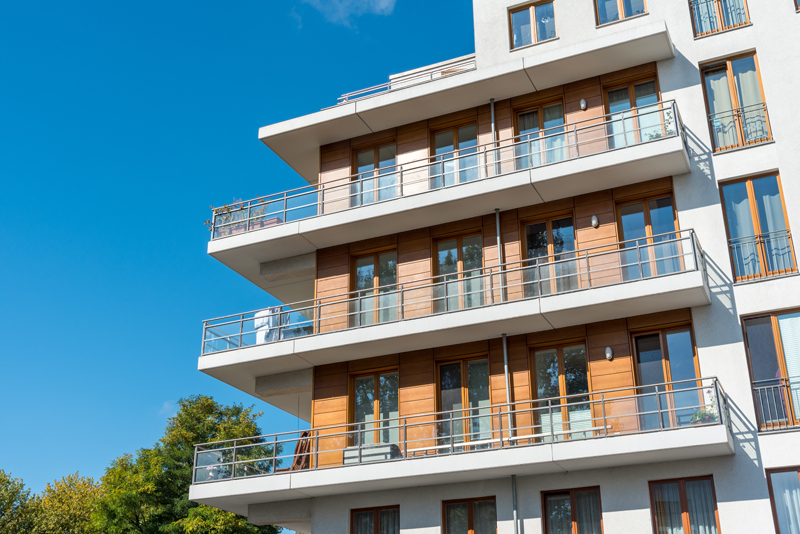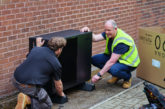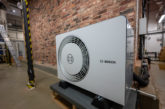
As the number of high-rise dwellings and rural developments increases in the UK, the demand for electric boilers is also set to rise.
To ready installers for this step-change in demand, Alan Clarke, Technical Support Manager at Heatrae Sadia, provides his top tips to make a success of every electrical boiler installation – first time, every time.
Assess your surroundings
Before installing a heating system of any kind, an understanding of the heating and water requirements of the homeowner is vital. Usually, electric boilers are heat-only, which means a separate hot water tank is often required. Whilst there are some electric boilers that provide both wet central heating and a hot water supply, such as Heatrae Sadia’s Electromax, it is important for installers to assess homes on a case-by-case basis.
Locate the label
Heating engineers must ensure that any appliance they install adheres to the relevant Building Regulations. They should look for a third-party electrical assessment label on the boiler, which will provide them with assurances on construction, safety, quality, and performance of the product.
Check the circuitry
Checking the condition of the wiring is crucial, especially in older buildings where the circuitry may not be up to current standards. It is worth bearing in mind that due to their high-power usage, electric boilers require their own dedicated circuit. To ensure a safe installation, the ratings of switches, such as isolators, must be considered and adjusted where necessary.
Flush the system
This is a useful tip across all wet central heating systems, whether they are gas or electric, because any contaminated water already in the system could contaminate the replacement heating appliance. This will impair the performance of a newly installed electric boiler, so it is vital that engineers flush the system prior to installation. Additionally, adding an inhibitor to guard against future corrosion is also recommended.
Secure regular services
Completing an installation doesn’t signal the end of a heating engineer’s job. Annual service visits to the homeowner’s property should be arranged to ensure that everything is working correctly. This means checking the safety valves, ancillary components, and wiring – with special attention paid to discolouration, which can occur if a connection has not been made properly, or if the wrong sized cable has been used.
www.heatraesadia.com/products/cylinders-and-hot-water













